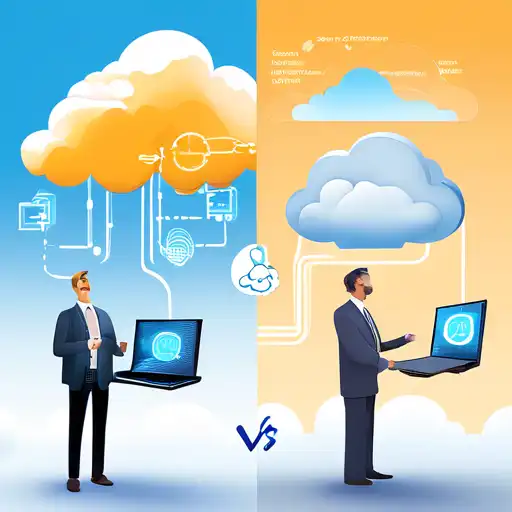Introduction to Edge and Cloud Computing
In the rapidly evolving world of technology, understanding the differences between edge computing and cloud computing is crucial for businesses and individuals alike. Both technologies play pivotal roles in data processing and storage, but they serve distinct purposes and offer unique advantages.
What is Cloud Computing?
Cloud computing refers to the delivery of computing services—including servers, storage, databases, networking, software, analytics, and intelligence—over the Internet ("the cloud") to offer faster innovation, flexible resources, and economies of scale. It allows businesses to avoid or minimize upfront IT infrastructure costs.
What is Edge Computing?
Edge computing, on the other hand, is a distributed computing paradigm that brings computation and data storage closer to the location where it is needed to improve response times and save bandwidth. It is particularly useful in scenarios where real-time processing is critical.
Key Differences Between Edge and Cloud Computing
Data Processing Location
The primary difference lies in where the data processing occurs. Cloud computing relies on centralized data centers, whereas edge computing processes data near the source of data generation.
Latency
Edge computing significantly reduces latency because data doesn't have to travel long distances to a centralized data center. This is crucial for applications requiring real-time processing.
Bandwidth Usage
By processing data locally, edge computing reduces the amount of data that needs to be sent to the cloud, thereby saving bandwidth and reducing costs.
Security
Edge computing can offer enhanced security for sensitive data by keeping it closer to its source and minimizing exposure to potential threats during transmission to the cloud.
Choosing Between Edge and Cloud Computing
The choice between edge and cloud computing depends on the specific needs of a business or application. Factors to consider include the importance of latency, bandwidth availability, data sensitivity, and cost considerations.
Future Trends
As technology continues to advance, we can expect to see a more integrated approach that leverages the strengths of both edge and cloud computing. This hybrid model will enable more efficient and flexible data processing solutions.
Conclusion
Understanding the differences between edge computing and cloud computing is essential for making informed decisions about technology investments. By considering the unique advantages of each, businesses can optimize their operations for efficiency, cost-effectiveness, and performance.
